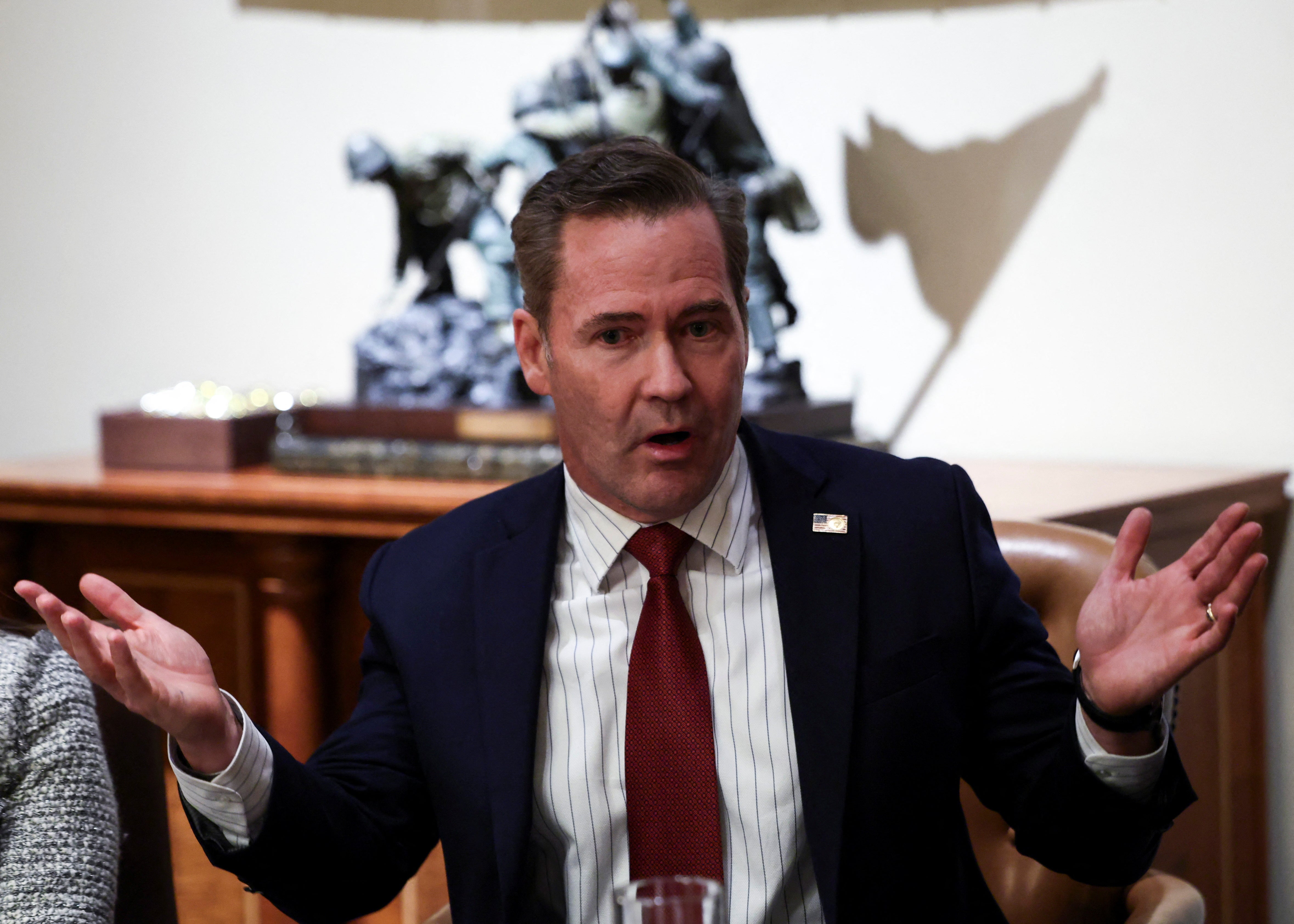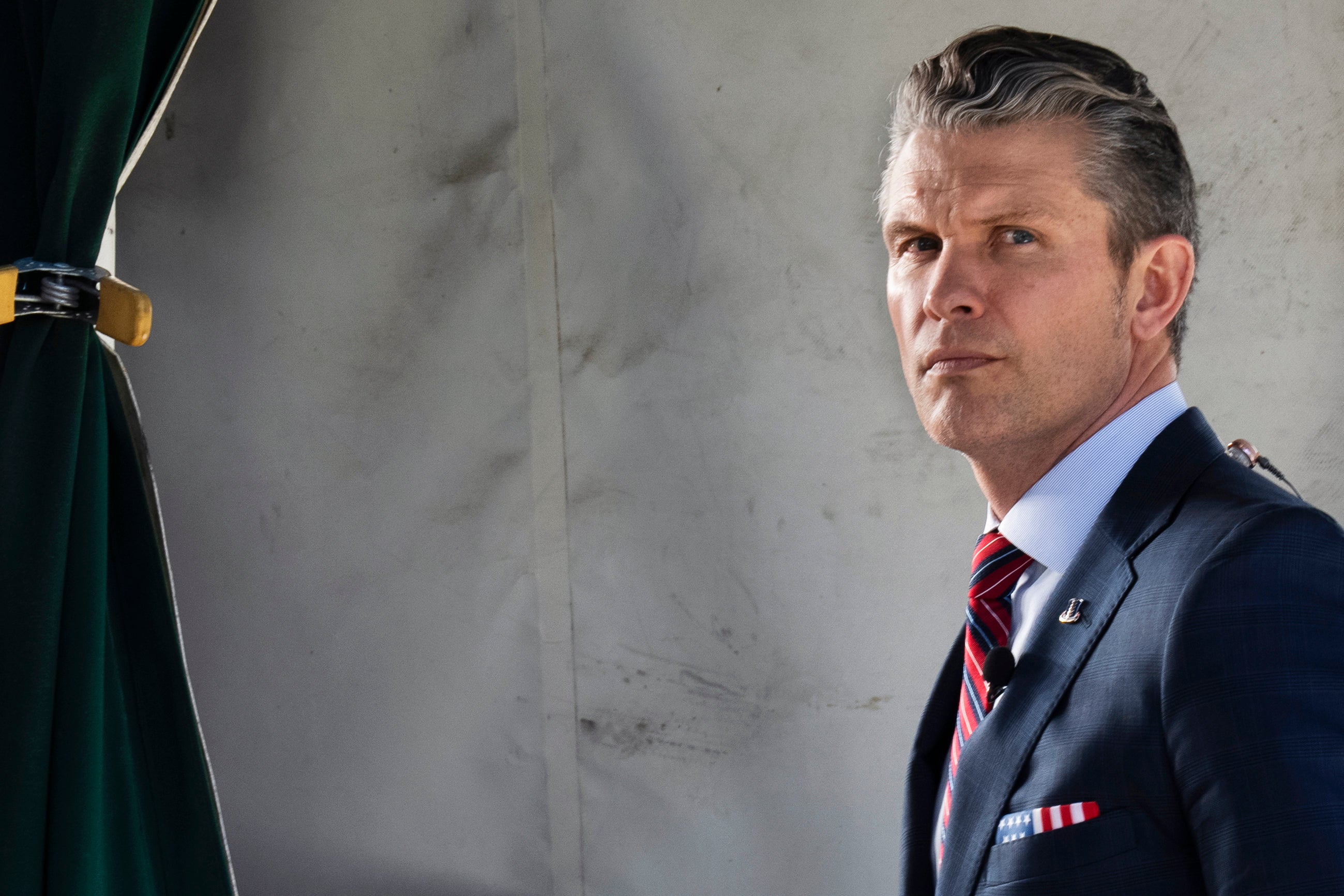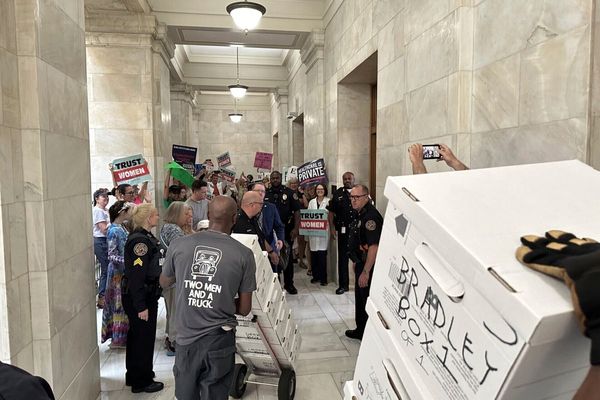President Donald Trump has claimed it is “not a big deal” that a journalist was added to a Signal group chat that high-level administration officials used to discuss plans to strike Yemen.
The Atlantic’s editor-in-chief Jeffery Goldberg, who was inadvertently added to the group chat used to discuss sensitive military operations, published the messages on Wednesday after the White House and senior U.S. officials repeatedly claimed the chat did not contain classified information.
Trump responded to the leak during a Wednesday appearance on The Vince Show podcast by Vince Coglianese.
“There weren’t details, and there was nothing in there that compromised,” Trump said. “And it had no impact on the attack, which was very successful.”
“A thing like that, maybe Goldberg found a way,” he added. “Maybe there’s a staffer, maybe there’s a very innocent staffer, but we’ll get, I think we’ll get to the bottom of it very quickly, and it’s really not a big deal.”
National Security Adviser Mike Waltz took full responsibility for the snafu on Tuesday night, telling Fox News’s Laura Ingraham that a staffer didn’t add Goldberg. The Atlantic reported Waltz added Goldberg to the chat.
“Well, look, a staffer wasn’t responsible,” Waltz said. “Look, I take full responsibility. I built the group to make — my job is to make sure everything’s coordinated.”
He then went on to call Goldberg a “loser” who may have “deliberately” tricked someone in the administration into getting access to the chat.

The administration has dismissed Goldberg as a reporter who peddled in “hoaxes” hours earlier, despite a National Security Council spokesperson confirming the authenticity of the messages.
The messages from Defense Secretary Pete Hegseth, sent on the day of the attack, March 15 but released Wednesday, contain a detailed timeline of when U.S. forces would strike Houthi targets in Yemen.
“Target Terrorist is @ his Known Location so SHOULD BE ON TIME,” one of the messages Hegseth wrote that day said.
Hegseth shared the plan approximately two hours before the bombs dropped in Yemen, The Atlantic reported. Some 53 people, including children, were killed in the attacks.

Those featured in the chat included CIA director John Ratcliffe and Vice President JD Vance, who were among those interacting with Hegseth when he shared the plans.
There were 19 members in the chat group, according to the screenshots published by The Atlantic. The outlet said it has redacted the name of a CIA official who is named in the messages by Ratcliffe.
After the messages were published, White House press secretary Karoline Leavitt issued another denial.
“The Atlantic has conceded: these were NOT ‘war plans,’” she said in a post on X. “This entire story was another hoax written by a Trump-hater who is well-known for his sensationalist spin.”
Hegseth also responded to the new report Wednesday, writing on X: So, let’s me get this straight. The Atlantic released the so-called “war plans” and those “plans” include: No names. No targets. No locations. No units. No routes. No sources. No methods. And no classified information.”
“Those are some really s***** war plans. This only proves one thing: Jeff Goldberg has never seen a war plan or an “attack plan” (as he now calls it). Not even close,” he added.
The Independent has contacted the White House for comment.







